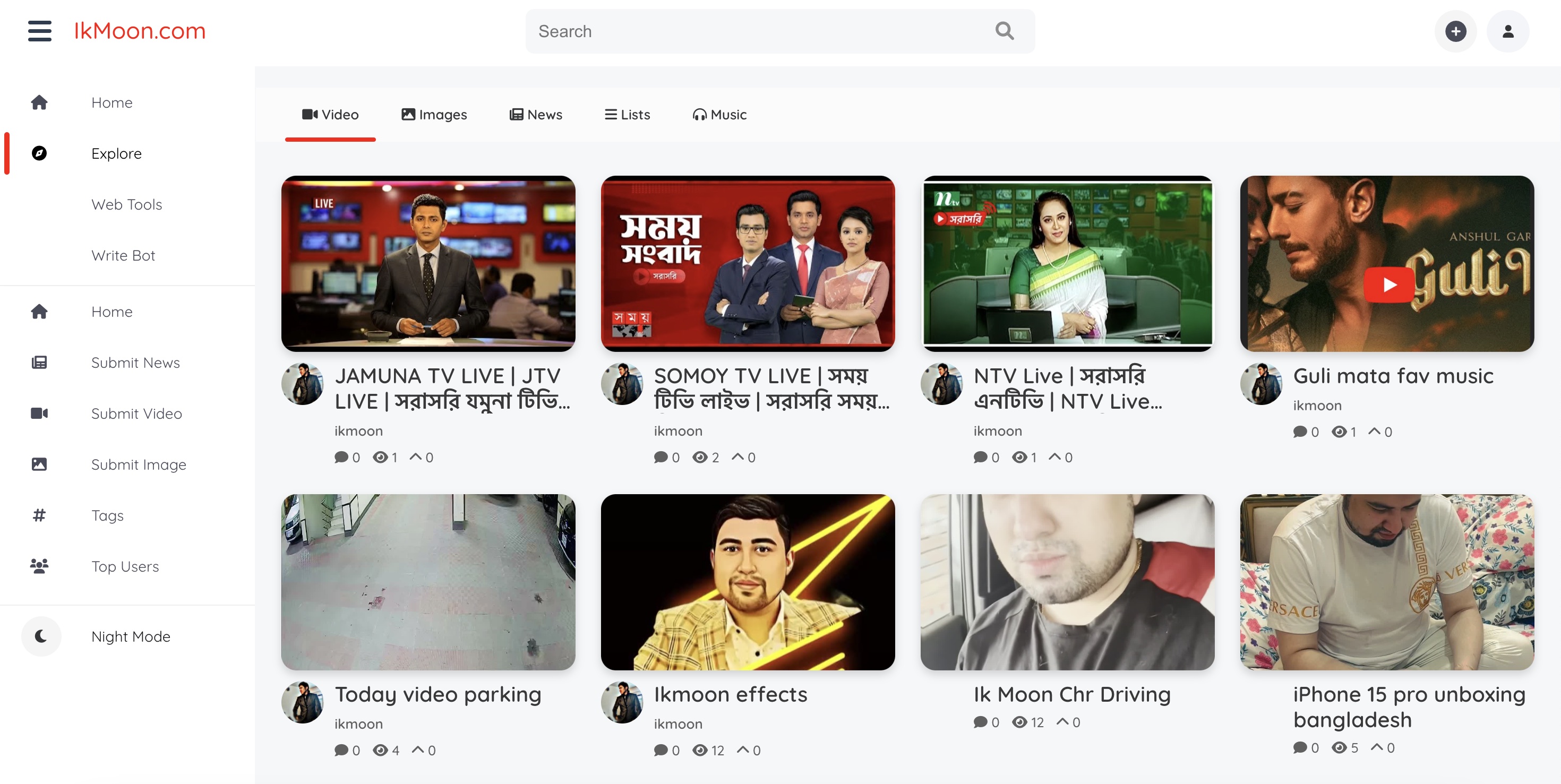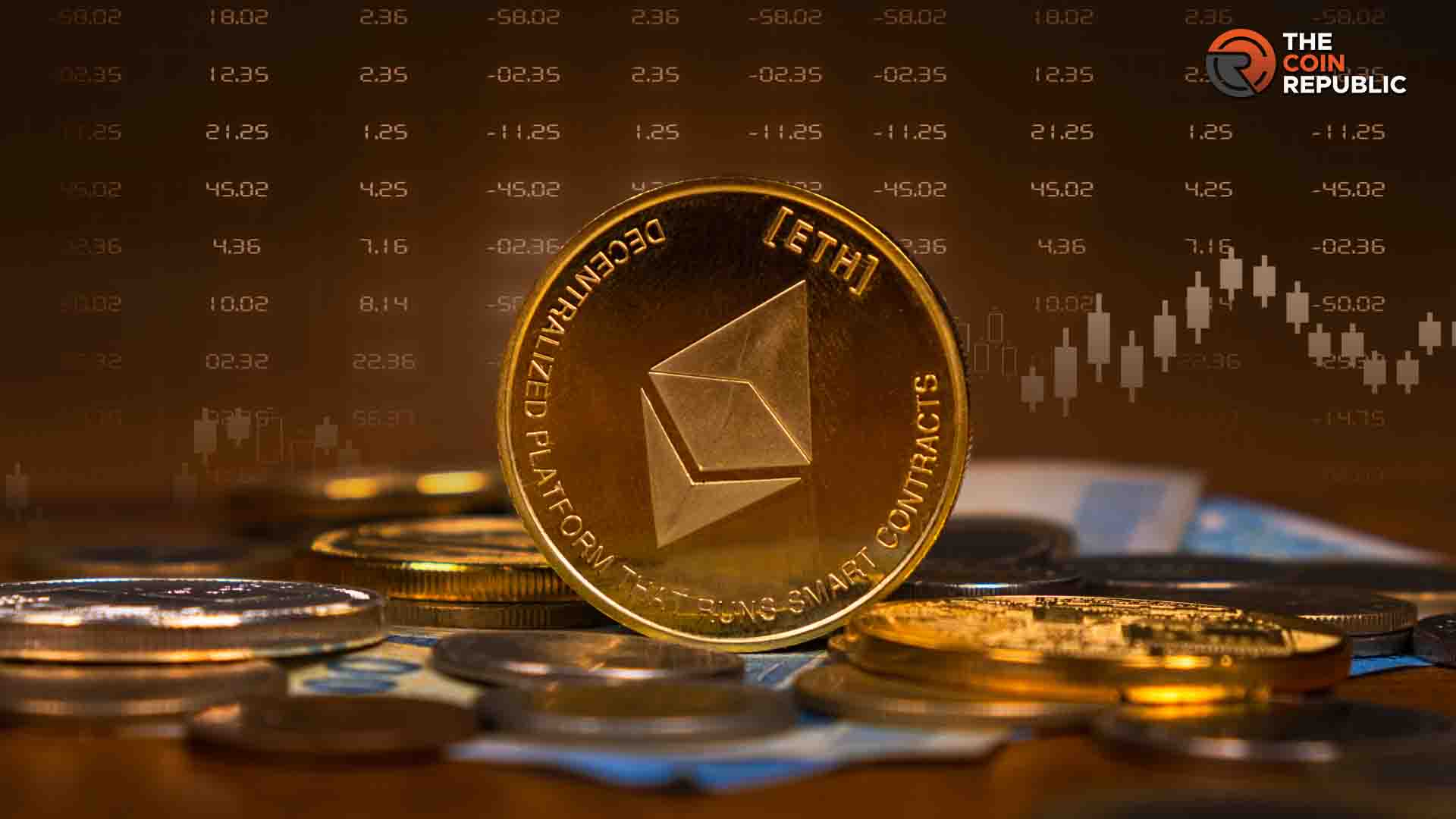BTC News Analysis: Why Financial Experts Compare Bitcoin Solaris to Bitcoin Circa 2013
The post BTC News Analysis: Why Financial Experts Compare Bitcoin Solaris to Bitcoin Circa 2013 appeared on BitcoinEthereumNews.com. In 2013, Bitcoin was still an emerging digital asset with a small user base, minimal institutional exposure, and mining accessible from consumer-grade hardware. It was a period when network participation — not price speculation — was the primary driver of value accumulation. That phase gave early adopters long-term upside unmatched by nearly any asset class in the decade since. Now, a growing number of analysts are pointing to Bitcoin Solaris as the first credible protocol in years to recreate the mechanics that defined Bitcoin’s early trajectory. The comparison is not aesthetic or thematic. It’s based on structure: fixed supply, decentralized distribution, and real earnings tied to user activity. Mobile Mining Replaces Hardware Dependency Bitcoin Solaris allows users to mine BTC-S tokens directly from their smartphones through the Nova App. By allocating 1–5 GB of device storage and light background CPU usage, users will earn BTC-S passively — especially while devices are idle or charging. There is no staking mechanism, no validator configuration, and no reliance on token trading to receive rewards. This mirrors Bitcoin’s early mining economy, where participation rewarded technical contribution. The difference is accessibility. With Bitcoin Solaris, the requirement is not a GPU or ASIC — but a smartphone, making it feasible for millions of users globally to participate directly in the protocol. Infrastructure Built for Passive Income The blockchain is structured across two integrated layers. The Base Layer uses Proof-of-Stake (PoS) and Proof-of-Capacity (PoC) to maintain ledger integrity efficiently. The Solaris Layer leverages Proof-of-History (PoH) and Proof-of-Time (PoT) to execute mobile mining and smart contracts at 10,000+ TPS, with a finality time of 2 seconds. This design supports high-volume mining across thousands of nodes simultaneously and ensures that protocol rewards are distributed quickly, securely, and without congestion. It’s optimized not just for performance — but for continuous,…
The post BTC News Analysis: Why Financial Experts Compare Bitcoin Solaris to Bitcoin Circa 2013 appeared on BitcoinEthereumNews.com.
In 2013, Bitcoin was still an emerging digital asset with a small user base, minimal institutional exposure, and mining accessible from consumer-grade hardware. It was a period when network participation — not price speculation — was the primary driver of value accumulation. That phase gave early adopters long-term upside unmatched by nearly any asset class in the decade since. Now, a growing number of analysts are pointing to Bitcoin Solaris as the first credible protocol in years to recreate the mechanics that defined Bitcoin’s early trajectory. The comparison is not aesthetic or thematic. It’s based on structure: fixed supply, decentralized distribution, and real earnings tied to user activity. Mobile Mining Replaces Hardware Dependency Bitcoin Solaris allows users to mine BTC-S tokens directly from their smartphones through the Nova App. By allocating 1–5 GB of device storage and light background CPU usage, users will earn BTC-S passively — especially while devices are idle or charging. There is no staking mechanism, no validator configuration, and no reliance on token trading to receive rewards. This mirrors Bitcoin’s early mining economy, where participation rewarded technical contribution. The difference is accessibility. With Bitcoin Solaris, the requirement is not a GPU or ASIC — but a smartphone, making it feasible for millions of users globally to participate directly in the protocol. Infrastructure Built for Passive Income The blockchain is structured across two integrated layers. The Base Layer uses Proof-of-Stake (PoS) and Proof-of-Capacity (PoC) to maintain ledger integrity efficiently. The Solaris Layer leverages Proof-of-History (PoH) and Proof-of-Time (PoT) to execute mobile mining and smart contracts at 10,000+ TPS, with a finality time of 2 seconds. This design supports high-volume mining across thousands of nodes simultaneously and ensures that protocol rewards are distributed quickly, securely, and without congestion. It’s optimized not just for performance — but for continuous,…
What's Your Reaction?




































